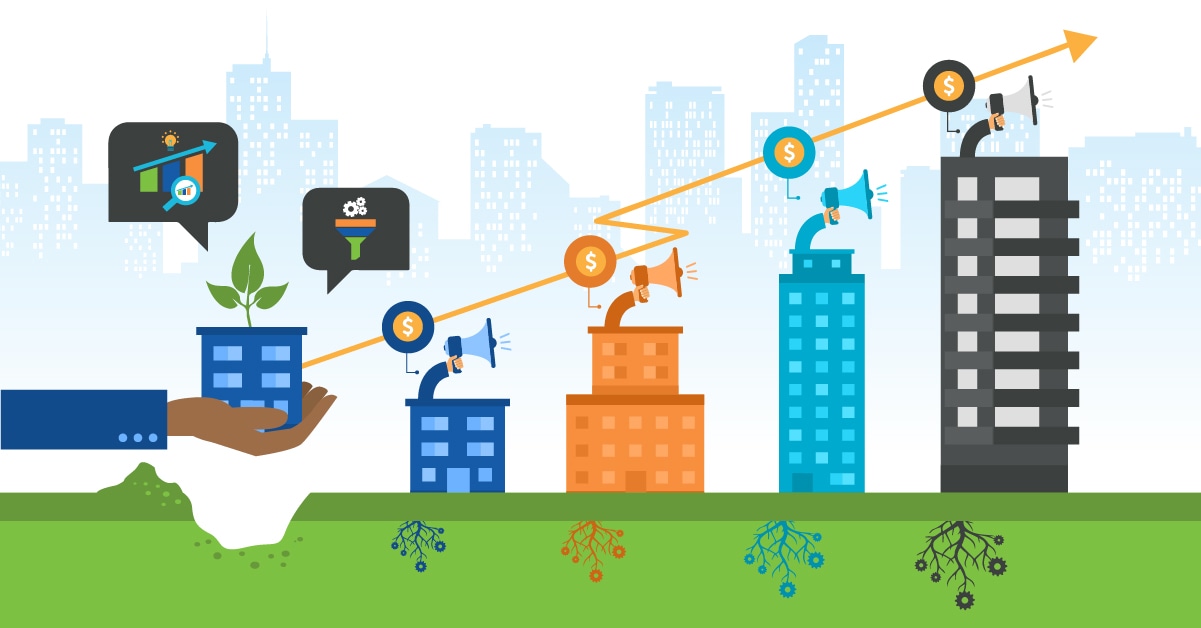Is the World In for “the Pasta Bowl” Recession? What is the Global GDP Growth Forecast? What’s coming in FY23 for India?

Perhaps the most dreaded word/term in financial circles will have to be the word ‘Recession’.
Smiles turn into frowns if even an inkling of this dark cloud makes its presence felt.
While we are still a few months from the new year – 2023, the mood in the economic circles is not very optimistic. The fact that 2022 was not a great year either with recession playing peekaboo and the world economies trying to hold fort; analysts and economists are a worried bunch, and while keeping a calm demeanour, the economic headwinds blowing in the direction of a global recession may just hit us head-on.

The year 2022 – the beginning of the fall
The world was just recovering from the Covid -19 pandemic. A pandemic that contributed majorly toward the downfall of the global economy, what boosted the mood was the coming out of the long hiatus both personally, and professionally, and of course, the bumper sales of the Covid -19 vaccines that had an upward effect on the markets. At least there was one sector, the pharmaceutical sector, which minted money all the way.
However, the global GDP numbers had started to exhibit a downward trend in the second quarter of 2022, and the output declined in the G20 economies.
What further hit the global economy was Russia’s invasion of Ukraine. The Russian-Ukrainian conflict has led to an increase in energy and food prices (especially in Europe) and further aggravated the inflationary pressures, especially as many around the world have already struggled with the rising cost of living.
The impact of war and its effects while touching the European countries did not and has not spared the United States Economy either.

What happened in India?
Painting a stark contrast to the other countries, India’s economy expanded at its fastest rate in a year between April and June, with the GDP rising by an impressive 13.5%.
How High is the Mountain or How Deep is the Ocean?
The financial press is abuzz with the topic of if and when the recession will hit the global economy. Firstly, let us get the key aspects of what’s going around –
- The economist world over are not shying away from the fact economic growth may indeed be slow in 2023; however, it would be safe to also say that they cannot reach an agreement as to whether the world is indeed on the cusp of official recession or not.
- There are also those analysts, albeit a small group, that estimates the economic growth in 2023 will be ‘slightly positive’, at 0.1%, while some are predicting a negative growth rate of -0.4%.
- While smart (or a lucky few) investors can still make money, the underlying fact is that it is more difficult to cut profits.

The ‘Pasta Bowl Recession’
Talking about all things new, including the novel coronavirus, a brand new term has been coined to describe the type of recession that the world might witness.
Presenting the ‘Pasta Bowl recession, a name given to represent a recession that may be quite long but shallow, just like a pasta bowl.
So what does this mean? It would be safe to decipher from the mixed economic data that if we were to indeed go into recession, the duration of the same might be long, but the effects of the same may not be that severe.
The above analogy may get a few to say well, that’s not too bad!
However, before we get into that, let us understand what it may mean for investors.
Investors, The Stock Markets and the Economy.
The National Bureau of Economic Research has so far, despite the mixed economic data that included negative economic growth for two consecutive quarters has so far decided that the world is not in recession territory yet.
One of the reasons for this conclusion is the fact that consumer confidence is high in spite of the steep inflation that persists.
However, the leaders from the Federal National Mortgage Association still predict that the recession will start in early 2023.

Big Daddies V/S the Small Daddies.
From previous records, it is understandable that larger companies are able to outperform smaller ones in periods of low or no economic growth. Larger companies enjoy the safety net of more diversified revenue streams, a more stable customer base and a more predictable supply chain.
The smaller companies, however, may struggle, and it becomes challenging for them to continue to grow at a pace that supports their expansion of business. It is especially tougher for companies that aren’t generating a significant profit, and hence any drop in revenue over a period of time can make sustainability an issue.
What is in store for India?
Counting amongst one of the few countries in the world, India managed to amaze and blaze with its positive economic growth; according to leading experts, the same may not hold true for the coming year.
Fitch, in a statement released on Wednesday, has sounded the alarm with its expectation of a slowdown in the Indian economy. It slashed the GDP growth forecast for the current fiscal year through March 2023 to 7% from 7.8%.
)
It also projected a further slowdown in growth to 6.7% in FY24 from its earlier estimate of 7.4%.
Following Fitch’s indication, Nomura, too, has cut the 2023 growth forecast to 4.7% from its estimate of 5.4% earlier.
For FY23, Nomura has estimated the GDP growth at 7% and 5.5% for FY24.
While India can give a pat on its back as the Indian economy has been inching above pre-pandemic levels, and there is a significant improvement in growth has broad-based cutting across investments, industry, consumption and the external sector.
However, the main issue of inflation has been a sticky wicket to deal with. Despite the government taking some fiscal steps to keep a check on inflation, retail inflation remained above the MPC, the Monetary policy Committee’s tolerance band, for the sixth straight month.
Economy predictions for India in 2023
Economy-related predictions to impact India in 2023 include:
- India’s automobile sector has attracted $27 billion in foreign direct investment this year, up from $16.5 billion between 2000 and 2016.
- India’s e-pharma market size reached $3 billion, up from $360 million in 2019.
- India’s “Make in India” campaign, an effort to boost domestic manufacturing, succeeds. The manufacturing’s share of the economy has increased from 16% in 2019 to 25% today.
- The Indian e-pharma market is expected to reach $2.7B by 2023.
- India’s automobile sector may attract $8-10-bn investments by 2023
- India is grappling with a new economic downturn.
Technology predictions for India
Technology-related predictions to impact India in 2023 include:
- Internet users in India rise by 40% from 560 million in 2018.
- India’s OTT video market will nearly triple in size by 2023.
- Internet users in India to rise by 40%, and smartphones to double by 2023
Edited by Prakriti Arora



